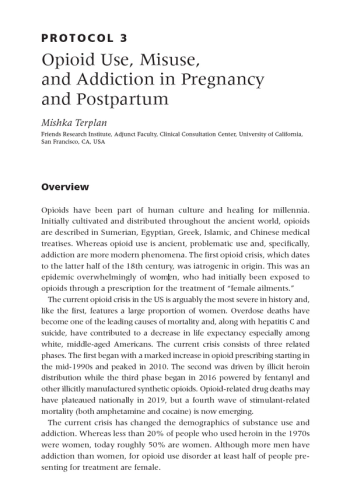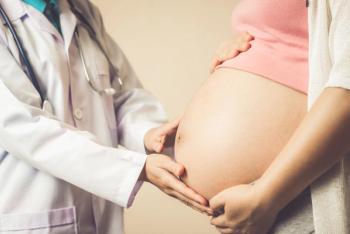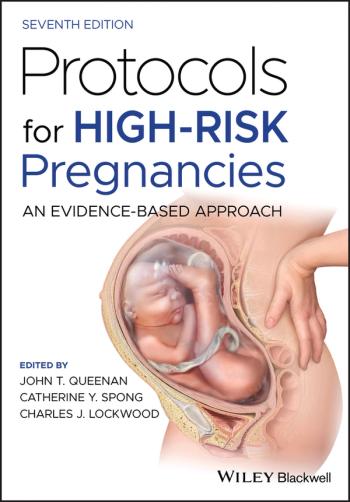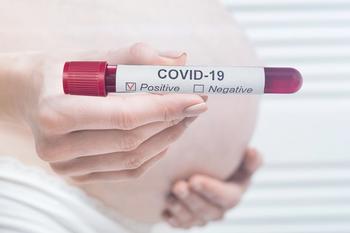
This case illustrates how a clear explanation and empathy for the patient’s concerns may have avoided litigation altogether.

This case illustrates how a clear explanation and empathy for the patient’s concerns may have avoided litigation altogether.

This is the complete chapter on opioids in pregnancy and postpartum from Protocols for High-Risk Pregnancies, 7th Edition, edited by John T. Queenan, MD, Catherine Y. Spong, MD, and Charles J. Lockwood, MD, MHCM.

A challenge in the prenatal management of FGR is differentiating the constitutionally small fetus with a normal neonatal outcome from one who is pathologically growth restricted and at risk for postnatal complications.

In this protocol, Terplan reviews screening for substance use and diagnosis and management of addiction during pregnancy, labor and delivery, and postpartum. The information is presented against the backdrop of the current opioid crisis. Tables on medication choice and protocols and on risk and protective factors for neonatal abstinence syndrome (NAS) are included.

A major missed opportunity. Decades of effort including the development of guidance and implementation by individuals, groups, professional organizations, even the United States Congress, to address and facilitate inclusion of pregnant and lactating people in research and trials held no sway in the studies addressing the coronavirus disease 2019 (COVID-2019) pandemic.

Peer-reviewed
Obstetric providers can play a central role in identifying patients with opioid use disorder and linking them to life-saving treatment.

This month’s issue brings with it hope for a spring season that will see an easing of COVID-19 cases and deaths, despite new virus mutations.

Genitourinary Syndrome of Menopause is often overlooked by providers.

For treating inflammatory pain in endometriosis, inflammatory factors that promote angiogenesis and neuroangiogenesis are encouraging targets, according to a systematic review in the journal Biomedicines.

A prospective study from the People’s Republic of China has concluded that menopausal symptoms in women with premature ovarian insufficiency (POI) were significantly higher than in women with natural menopause.

“We are very concerned about increases in SMM noted in recent years in the United States,” said principal investigator Dena Goffman, MD.

This article is on based on information presented at the Society for Maternal-Fetal Medicine’s 2021 Virtual Annual Meeting, which is being held from Jan. 25 to Jan. 30.

Rates of pregnancy complications due to opioid use disorder quadrupled from 1999 to 2014, according to data from Townsel’s presentation, which resulted in four times as many infants born with neonatal abstinence syndrome (NAS) in 2014 than in 1999.

The Society for Maternal-Fetal Medicine (SMFM) is encouraging all its members to weave advocacy for maternal health and lives into their everyday work, even with the smallest steps, during its 41st Annual Pregnancy Meeting, being held virtually this week.

Initiation of more effective contraception occurred more often among patients who were seen by a volunteer reproductive health educator during routine visits at a resident obstetrics and gynecology clinic, according to a study published in Maternal and Child Health Journal.